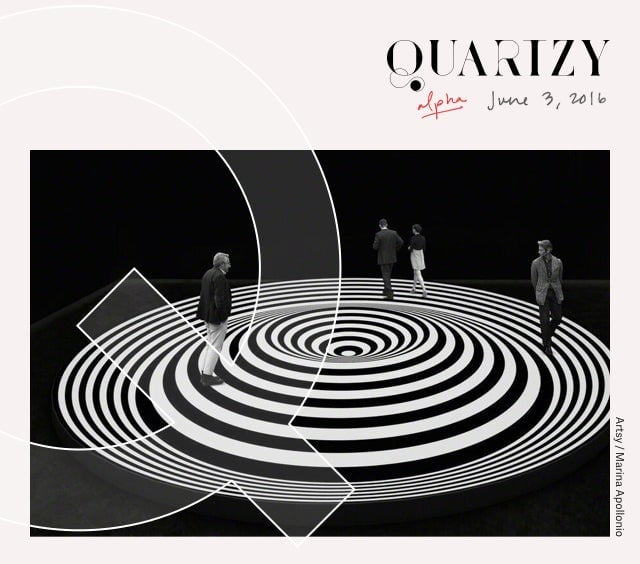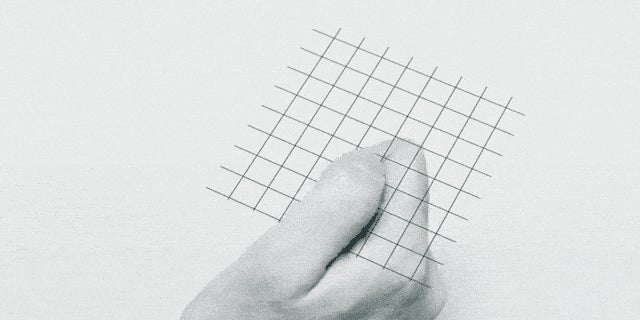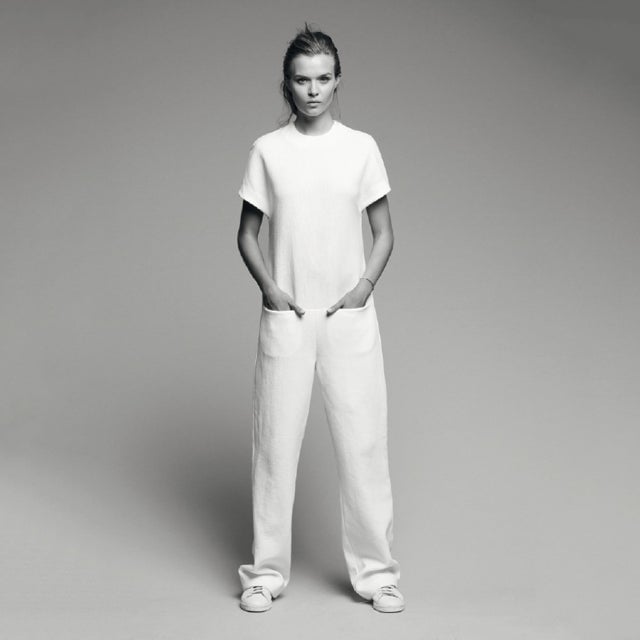Quartzy: the grayscale edition
Happy Friday!

Happy Friday!
It’s not often that I follow internet advice (especially when it is tongue-in-cheek), but this week I went ahead and purged all of the color from my iPhone, following a tip from the Atlantic’s James Hamblin.
Grayscale mode could be seen as a crutch to anyone that isn’t colorblind, but aside from a few color-related miscommunications (liking a photo of a friend, for example, not realizing that she was sporting a nasty sunburn), I’ve found the experience enriching.
This isn’t about making me less dependent on my phone; it’s about those moments when i find myself halfway down my Facebook feed, unsure of how I got there. These moments are not accidents — they were explicitly designed by experts in the art of mind control (and psychology).
This is your friendly Quartzy designer Elan, by the way. If you came here for color, you’d do better to join Jenni on her excursions in Puerto Rico. This week, we’re toning things down.

Designers were not the first aesthetes to use color to hack into our brains. Artsy recalls the 1960s Op Art movement, whose defiant optical illusions were not only inspired by neuroscience, but drove further research into visual perception. (For more mind ticklers, check out Quartz’s live dive into the science of optical illusions.) And the line between art and science is only blurring further: scientists are thinking like designers in order to communicate their findings, and designers are thinking like scientists in order to pull interfaces out of thin air.

The hybrid designer/psychologist is extremely adept at using color to influence your emotion and behavior. While this is generally in service of bettering your experience, it’s worth noting that they aren’t always acting out of altruism. Instagram’s designers are not necessarily trying to improve your life; they are trying to keep you on Instagram. I swore off phone hues with the express purpose of undoing some of the thought that designers (like me) put into them.
And it works. Void of color, the experience of moving my eyes between the world and the screen becomes jarring. The glass begins to feel more like glass and less like a window.


I’ve just emerged from a Winter of Soups. And at risk of losing my sense of self, I’ve invested in an ice cream maker (as usual, I went with The Sweethome’s budget pick). Since three people have recommended the Jeni’s Splendid Ice Cream cookbook in the past week alone (unprompted), I’m on the verge of taking it as a message from God to quit my job and pursue artisanal frozen treats (toasted rice ice cream with a whiff of coconut and black tea, anyone?) full time.
And then some. Jeni’s is more than just an excuse to consume even more ice cream; it’s also a model of fair wages. Two weeks ago Vice President Joe “I love ice cream” Biden spoke in the company’s Columbus, Ohio location about a new federal overtime rule, which will require companies to increase pay for employees that work more than 40 hours a week and make less than $47,476 a year. This move is far from revolutionary — France already has more powerful laws in place, and is now expanding the definition of overtime to encourage powering down email and Slack notifications once the workday is over. The White House chose Jeni’s because they were paying overtime long before the government told them they had to. In the words of Biden, “Jeni’s understands what the word ‘fair’ means.”
This week I finished How to Be Alone, Sara Maitland’s criticism of our culture’s collective fear of solitude. I picked up the book because it asks a question that I have never even thought to ask. Solitude isn’t really part of my vocabulary—I now have four roommates precisely in order to minimize the possibility that I will ever come home to an empty living room. Maitland’s diagnosis hit a little too close to home:
We live in a society which sees high self-esteem as a proof of well-being, but we do not want to be intimate with this admirable and desirable person.
Since moving to New York, I have been able to find a few spaces in which I feel comfortable being alone. When I’m the first person home, I spread out in the kitchen and bake shortbreads for my coworkers. I try at least a few times a week to run to the end of a Hudson River pier (my favorite place in the city), a mile and a half from my front door.
The social and economic privileges that enable feeling safe in my solitude do not escape me. For just one example of this, see Helen Nianias’s harrowing piece about women forced to stay in undesirable relationships to pay rent.
But being alone need not happen in private. I take advantage of the rude, almost chronic New York subway avoidance of eye contact and find solitude on my morning commute (fashion tip: accessorize with a hood). Quartz’s Sarah Todd interviewed Susan Cain and put together a helpful Introvert’s Guide to the Workplace. I’m flaunting oversized headphones as we speak; it’s just me and Chance’s Coloring Book (pre-color, of course) over here.

Happy weekend! May it be colorless but not boring. Jenni will be back next week, unless she gets fired for lying about sending us a postcard.



When the grayscale dystopian future arrives and we all have slack notifications being transmitted directly to our brains, hop on the nearest time machine and go back to 2015, so that you can bring back this jumpsuit from Boulezar’s spring/summer collection.
Not only will you be the sleekest cyborg in your legion, but you’ll be the coziest prisoner when Jennifer Lawrence and her young-adult resistance overthrow the corrupt government and bring color back to the land.